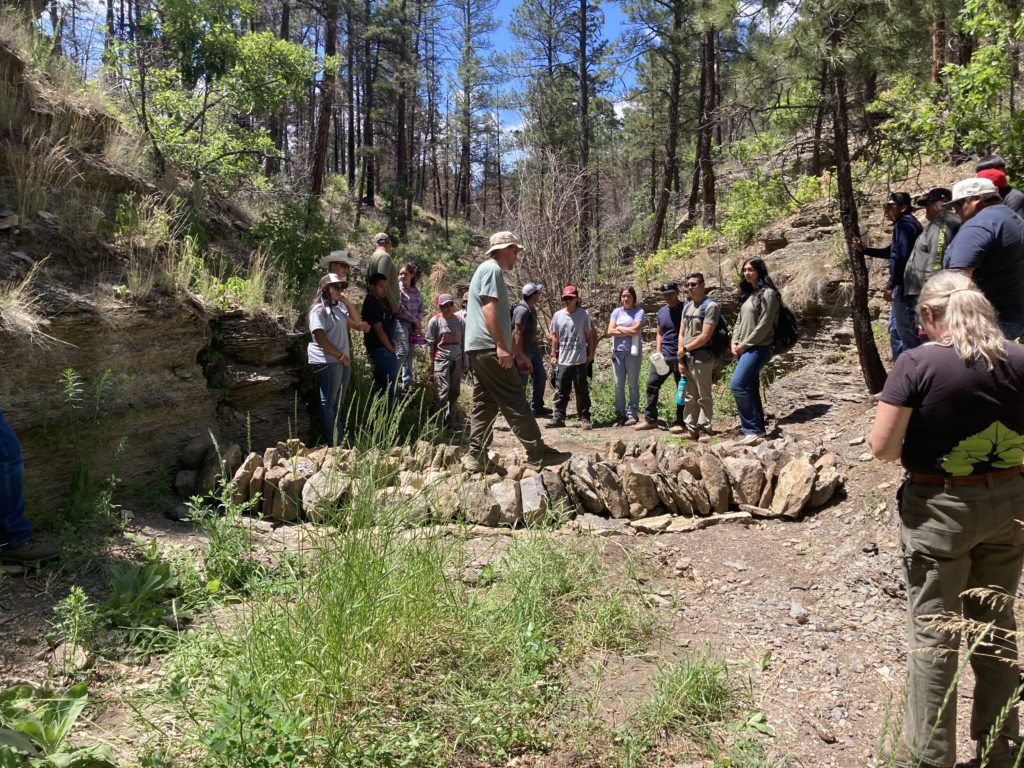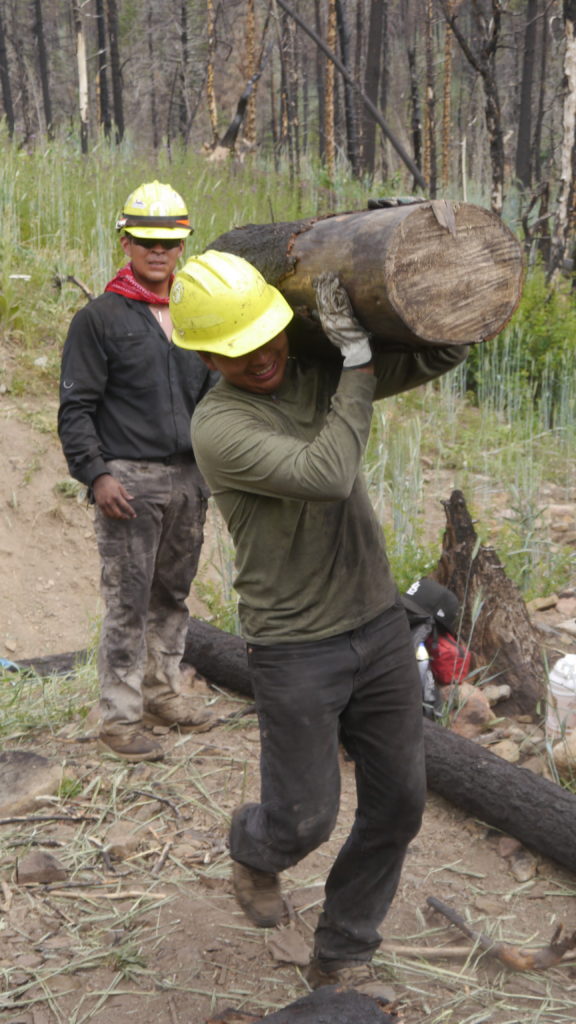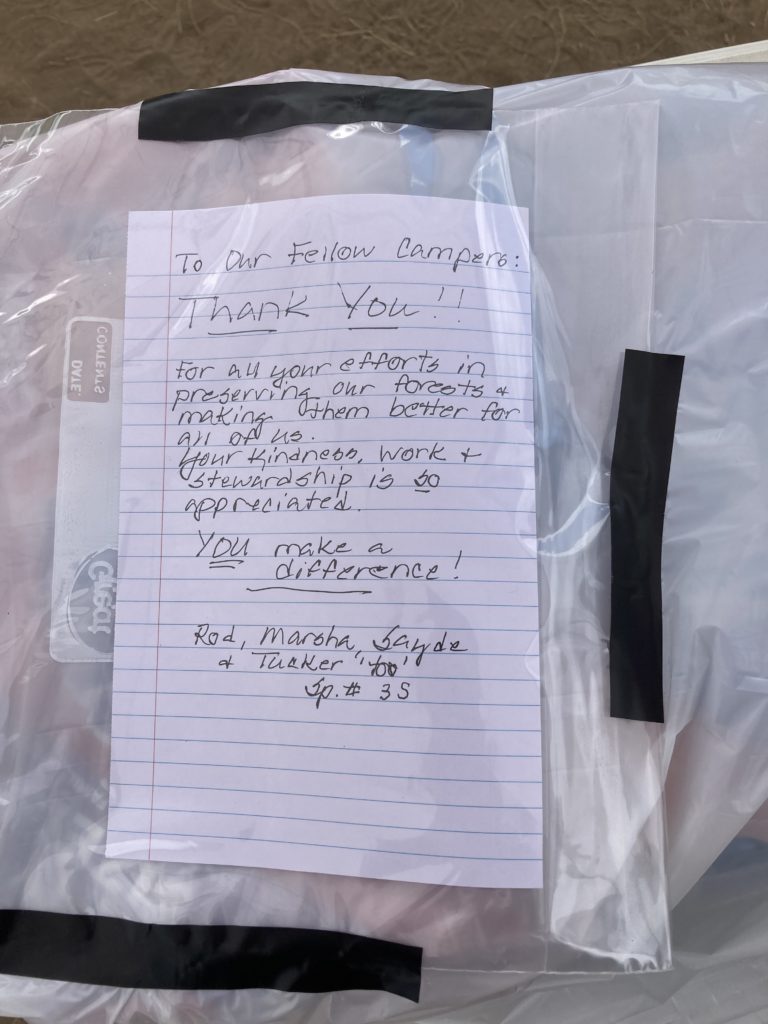Our Youth Corps’ Collective Post-fire Restoration Efforts

The landscape after the 2022 Hermit’s Peak Calf Canyon Fire
Written by Cora Stewart
This July, the Forest Stewards Youth Corps (FSYC) had the opportunity to help with a post-fire restoration project located on the Calf-Canyon Hermit’s Peak burn scar in Las Vegas, New Mexico for four days. As wildfire risk increases globally due to climate change, it has deeply impacted the state of New Mexico; its economy, community, watersheds, and ecosystems. According to the USDA Wildfire Risk to Communities tool, New Mexico has a 78% higher risk for wildfires compared to other states, being in the 78th percentile for risk of homes, and 73rd for wildfire likelihood.

Members learning about different restoration structures.
This was evident in 2022 when New Mexico had its largest wildfire in recorded history, the Calf-Canyon Hermits Peak Fire. This fire burned nearly 350,000 acres and destroyed over 900 structures, many of which were uninsured, disproportionately impacting land grants and other communities with limited financial resources and generational ties to the land, including members of the FSYC program. The Guild wanted to help these communities and educate our members about how this fire has impacted not just humans, but the landscape itself.

Crew members moving logs to construct a trash rack
On the first day of our project, our work partners, the Hermit’s Peak Watershed Alliance, showed us around a piece of property where watershed restoration structures had been built. These included trash racks, built from logs, as well as one-rock dams. Both structures collect sediment while allowing water to flow through to keep the watershed from cutting deeper into the earth and lowering the water table. It is important to keep the water table high so that plants and trees can access it through their root systems. Our partners further explained how the Sapillo watershed was heavily affected by the fire, due to the severity of the burn. High-intensity fires burn off all vegetation which increases erosion and makes soils hydrophobic, increasing flooding. As members learned about watersheds, they also learned why this restoration work was so important and saw how these structures worked in action.
For the next three days, crew members got their hands (and faces) dirty by moving burned logs, collecting rocks, and putting over 15 restoration structures together with the Hermit’s Peak Watershed Alliance youth crew.

Crew member collecting rocks for a one-rock dam.
Members learned the details of creating restoration structures and why. For instance, while building one-rock dams, it is important to lay a foundation of flat rocks as a splash pad to absorb the water’s energy to prevent it from cutting into the watershed. After each day of work, members got to go swimming in a nearby lake, play baseball, volleyball, and football, and simply enjoy being out in nature.

Crew member adjusting the rocks to make a well-constructed one-rock dam.
For many members, this project was their favorite part of this year’s FSYC program. Members learned about watersheds, worked hard, made an impact on the community, and had a lot of fun. Even our neighbors camping next to us noticed the hard work getting done and brought cookies over on the last day to celebrate with us. The impacts of this project are evident, not only on the landscape but also on our FSYC participants.

Our camping neighbors showing our FSYC members appreciation.
